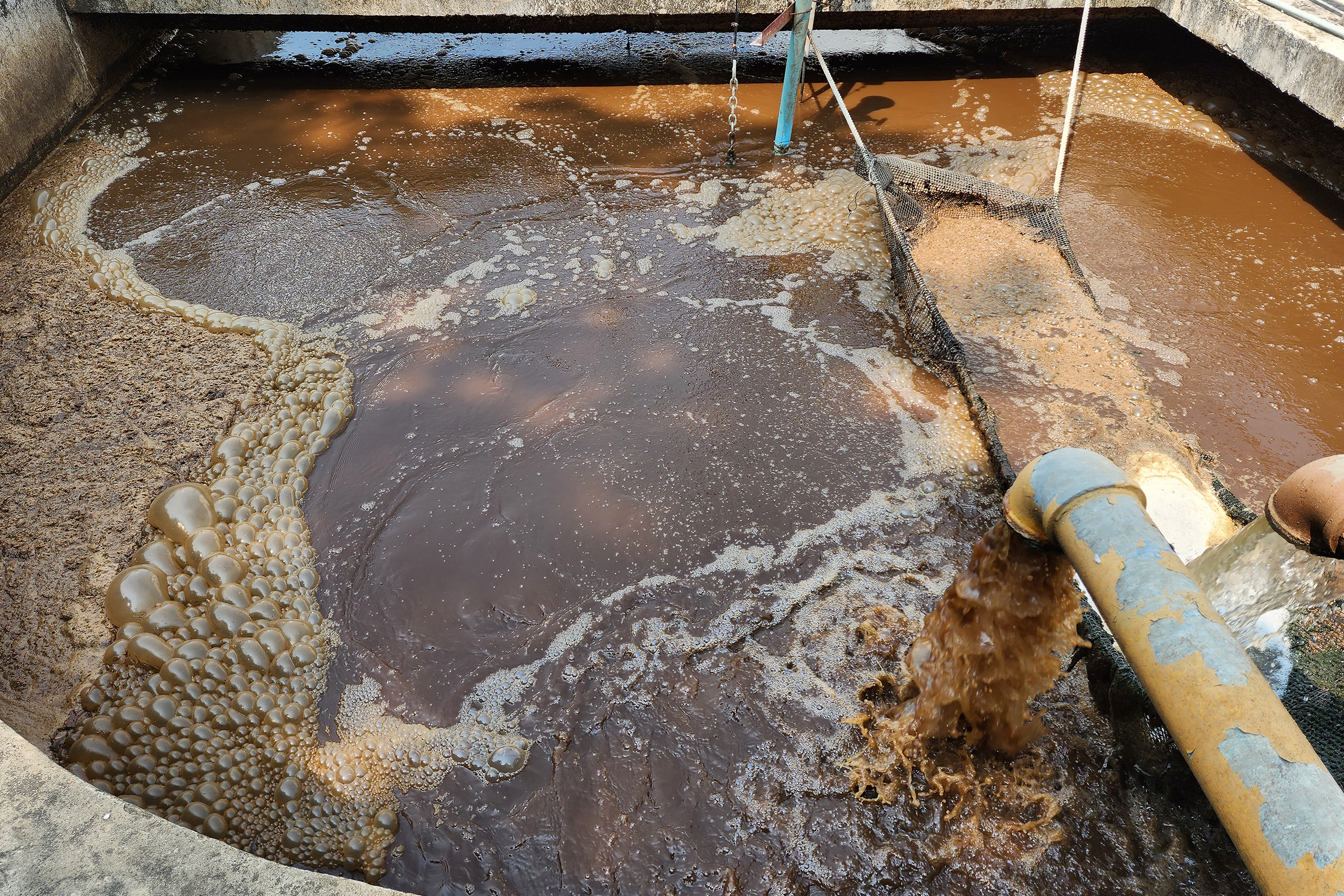What Is Septicity In Pumping Stations?

What is Septicity?
Septicity occurs when wastewater sits stagnant for extended periods. This lack of flow creates an anaerobic (oxygen-depleted) environment, allowing a specific type of bacteria to thrive. These bacteria break down organic matter in a process that produces hydrogen sulfide (H₂S), a highly unpleasant and harmful gas.
The Problems with Septicity:
- Odor: H₂S has a strong “rotten egg” smell, causing significant odor issues for nearby residents and workers.
- Corrosion: H₂S is highly corrosive, damaging concrete, metals, and electrical equipment within the pumping station. This can lead to costly repairs and potential infrastructure failures.
- Safety Hazard: H₂S is toxic and flammable at high concentrations. It poses a serious health risk to maintenance personnel entering pumping stations.
- Environmental Impact: In severe cases, septicity can contribute to sewer overflows, releasing untreated wastewater into the environment.
Preventing Septicity:
The good news is that septicity is preventable with proper pumping station maintenance. Here are some key strategies:
- Regular Cleaning: Schedule regular cleaning to remove built-up solids and prevent them from decomposing.
- Optimizing Pump Cycles: Adjust pump cycles to ensure wastewater doesn’t stagnate for long periods. Factors like flow rates and station size influence this.
- Mixing and Aeration: In some cases, installing mixing systems or introducing air can help maintain oxygen levels and prevent anaerobic conditions.
- Chemical Dosing: For persistent septicity issues, controlled dosing of specific chemicals can be used to suppress the growth of sulfate-reducing bacteria.
Benefits of Addressing Septicity:
By taking steps to prevent septicity, you can achieve several benefits:
- Reduced Maintenance Costs: Early detection and prevention of septicity saves money on repairs and equipment replacements.
- Improved Safety: A well-maintained pumping station minimizes the risk of H₂S exposure for workers.
- Enhanced Environmental Protection: Reduced risk of overflows minimizes potential environmental damage.
- Extended Equipment Lifespan: Proper maintenance extends the life of pumps and other equipment, saving money on replacements.
Conclusion:
Septicity in pumping stations is a silent threat that can lead to a host of problems. By understanding the causes and implementing preventive measures, you can ensure your pumping station operates efficiently, safely, and protects the environment. For more information or to discuss specific solutions for your pumping station, do not hesitate to contact Advantage Pumping Solutions.
